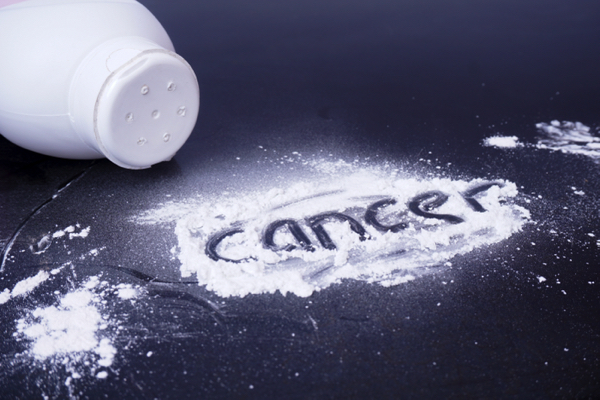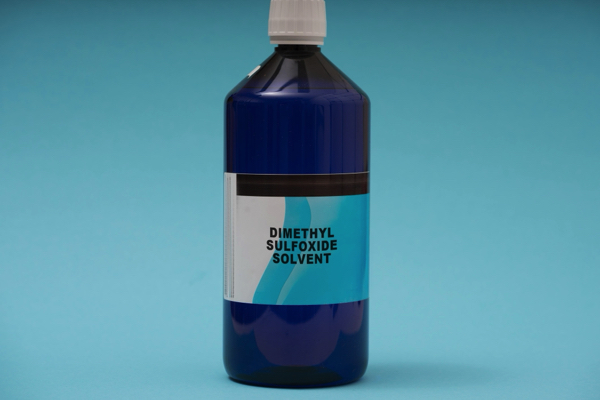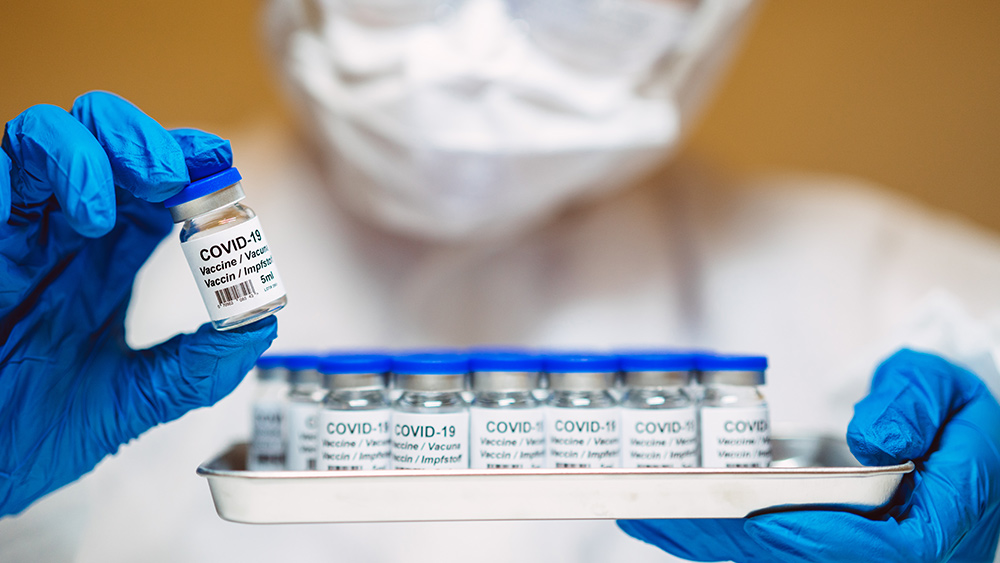 Parler
Parler Gab
Gab
- Methylene blue was first synthesized in 1876 as a textile dye but transitioned into medicine due to its unique staining properties, becoming one of the earliest synthetic drugs. Its medical use began with Paul Ehrlich's 1885 discovery of its ability to selectively stain tuberculosis bacilli.
- Initially used to treat malaria in WWII, methylene blue is now being revisited for antibiotic-resistant infections. It also serves as an antidote for poisoning (e.g., cyanide, carbon monoxide) and treats methemoglobinemia by restoring oxygen-carrying capacity in blood.
- The compound enhances mitochondrial function, increasing ATP production and reducing oxidative stress. It shows promise for Alzheimer's, Parkinson's and depression by boosting neurotransmitters (serotonin, acetylcholine) and improving brain oxygenation.
- Low doses (15 mg/day) support metabolism, while higher doses (50–200 mg) are trialed for Lyme disease and COVID-19. It must be avoided with MAOIs/SSRIs (risk of serotonin syndrome), in kidney impairment, or during pregnancy.
- From dye to drug, methylene blue exemplifies serendipitous scientific discovery. Its multifaceted mechanisms and historical adaptability suggest untapped therapeutic roles for modern medicine.
Methylene blue supercharges the brain
The compound's benefits extend to neurological health, with research exploring its potential in Alzheimer's, Parkinson's, autism and traumatic brain injury. Its mechanisms are multifaceted: It boosts cellular oxygenation, increases glucose uptake and elevates production of adenosine triphosphate (ATP) – the energy currency of cells. Simultaneously, it combats oxidative stress by neutralizing reactive oxygen species (ROS), protecting neurons from damage. These effects may slow neurodegeneration and enhance cognitive function. Additionally, methylene blue influences neurotransmitter levels – acting as a monoamine oxidase (MAO) inhibitor to elevate serotonin, norepinephrine and acetylcholine. This could explain its reported benefits in depression and psychosis. Dosage varies by application, with low doses (15 mg daily) often used for general metabolic support, while higher doses (50–200 mg) have been trialed for Lyme disease and COVID-19. Notably, a French study of 2,500 cancer patients treated with methylene blue reported zero cases of influenza-like illness, including COVID-19 – a finding that warrants further investigation. However, timing matters: Its mild stimulant effects make morning administration ideal to avoid sleep disruption. Despite its promise, methylene blue is not without contraindications. It should be avoided in patients taking MAO inhibitors, SSRIs or SNRIs due to the risk of serotonin syndrome, as well as those on dapsone or with kidney impairment. Pregnant women are also advised against its use. From dye to drug, methylene blue's evolution reflects the serendipity of scientific discovery. Its ability to bridge disparate fields—textiles, microbiology, and medicine—highlights its enduring relevance. As research continues to uncover its potential, this century-old compound may yet find new roles in modern therapeutics, offering hope for conditions that remain inadequately treated. Its story is a testament to the hidden possibilities within even the simplest of molecules. Watch Dr. Eric Berg elaborating on the fascinating health benefits of methylene blue in this clip. This video is from the Sun Fruit Dan channel on Brighteon.com. Sources include: PCCARx.com Brighteon.comTexas leaps ahead with landmark food labeling bill: A battle for health or industry overreach?
By Willow Tohi // Share
“Healing Revolution” on BrightU: The forbidden cancer cures and the healing power of red light
By Jacob Thomas // Share
Study confirms what grandma knew: Fresh yogurt reigns supreme
By News Editors // Share
Amandha Dawn Vollmer sheds light on DMSO: A powerful chemical with vast medicinal potential
By Kevin Hughes // Share
Governments continue to obscure COVID-19 vaccine data amid rising concerns over excess deaths
By patricklewis // Share
Tech giant Microsoft backs EXTINCTION with its support of carbon capture programs
By ramontomeydw // Share
Germany to resume arms exports to Israel despite repeated ceasefire violations
By isabelle // Share










